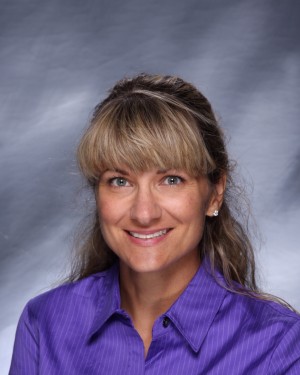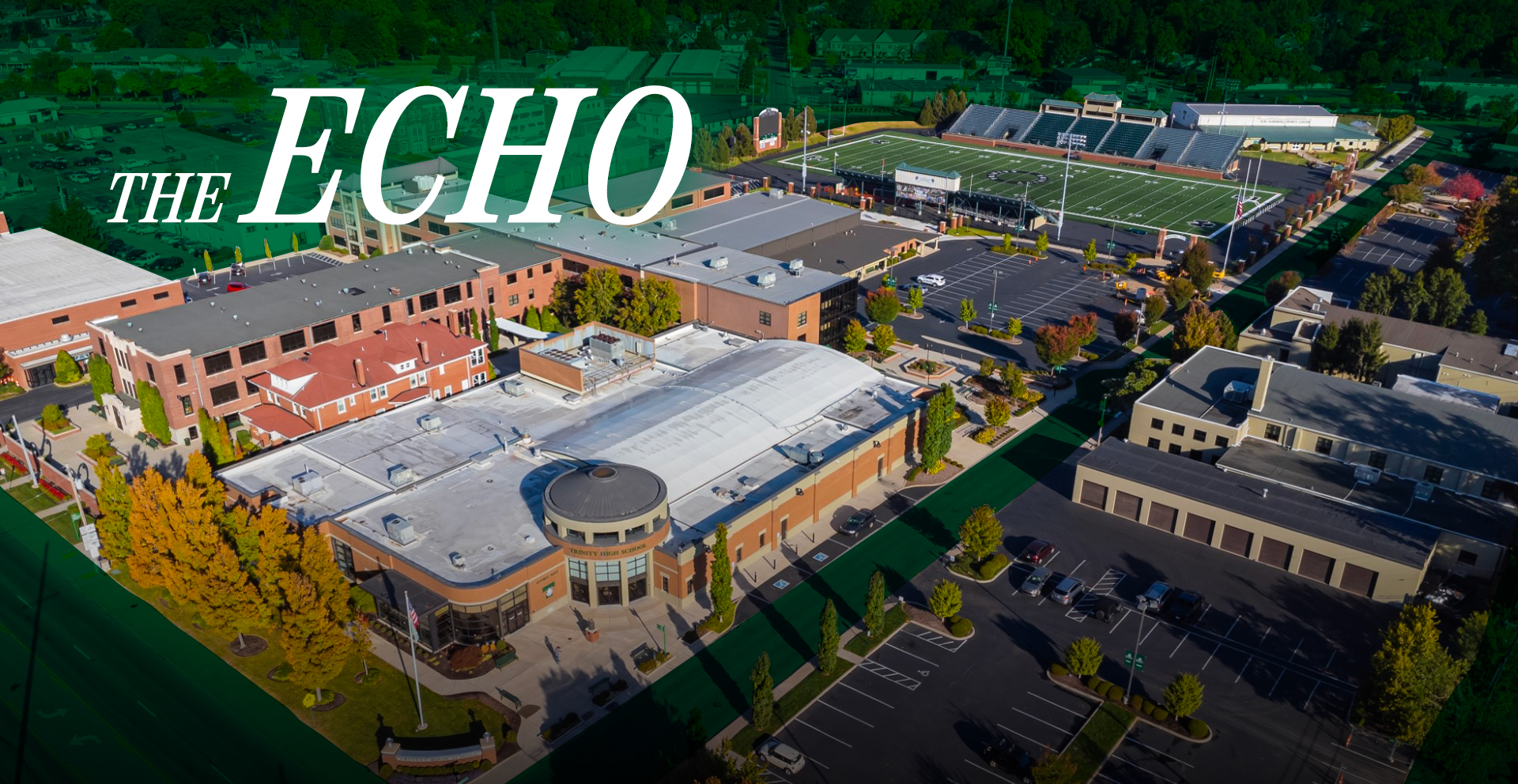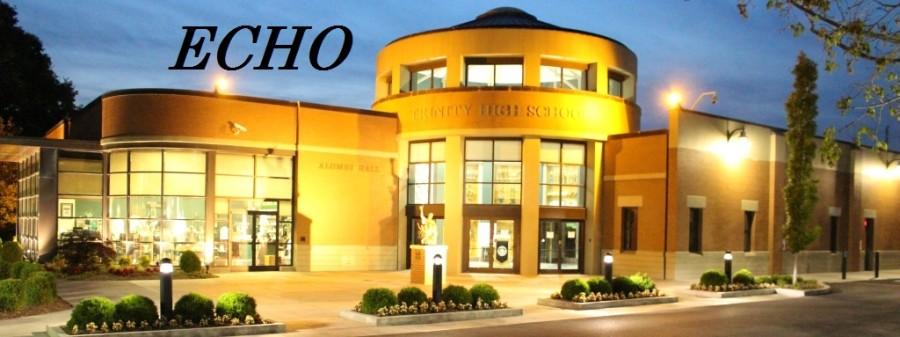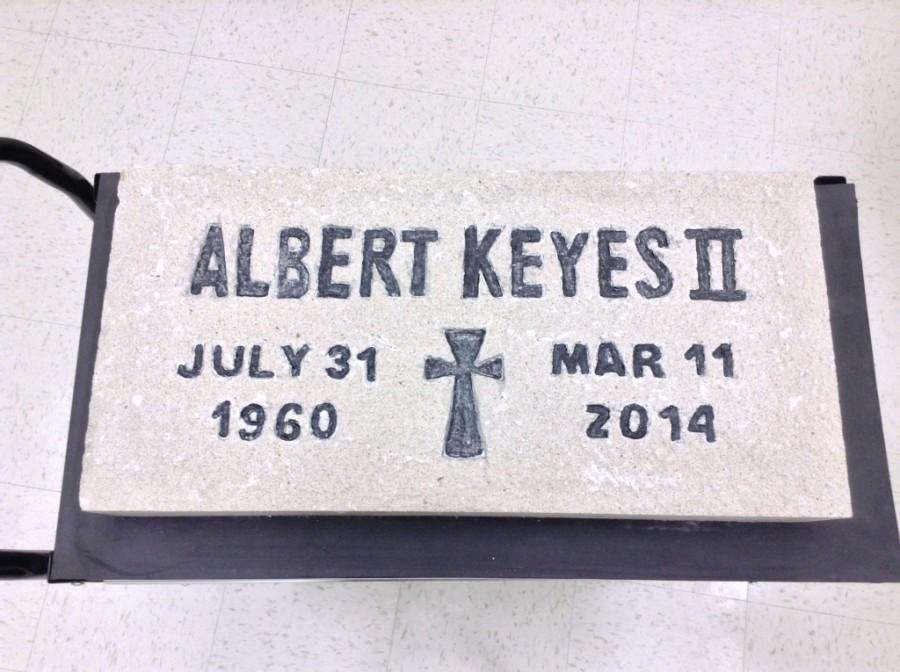A final gift of hand and heart
October 21, 2014

No way Mrs. Holly McGuire, a Trinity theology teacher, was going to pass up the chance to blend the spirit of giving with artistic expression.
When Louisville’s homeless and indigent die, they are placed in the care of the coroner’s office for burial. The grave markers for the graves are not stone; rather they are simple aluminum and Plexiglas markers. Better markers were wanted, but the problem was making an effective, durable and, most importantly, a cost-efficient way of producing gravestones.
Mr. Scott Holzknecht, who heads Trinity’s chapter of the St. Joseph of Arimathea Society turned to McGuire, who last school year taught a working-with-clay class.
“I approached Holly because she was just the perfect person for the job,” Holzknecht said. “The coroner’s office only sets aside something like $40 for burial markers at the cemetery, which is enough to buy a little plastic thing. For years we’ve been looking for creative solutions to have the graves marked in a way fitting to a human life. I don’t know who first came up with the idea of having art students make the headstones, but when I heard about it, I approached Holly, who just seemed perfectly positioned to be able to do something about it.”
McGuire saw this project as an extension of the work done by the SJOAS. She said, “It can take an emotional toll (burying the deceased), so this is another option to help with the St. Joseph of Arimathea Society for someone who would like to help but perhaps cannot at this time in their life bury someone.
McGuire said the SJOAS provides “such a wonderful gift (sacrificing for the burials). It inspired me to find time to do this project.”
Thus began the search for a material suitable for a headstone. This was solved by a donation of decorative concrete. Then the real work began. Multiple skills and talents, as well as a bit of experimentation, were used to create the first headstone.
“I had never worked with a Dremel tool before,” McGuire said, “and I had never had to teach someone to use one. That was definitely new experience.”
From using a diamond-bit Dremel tool, a hammer and chisel, painting and more, McGuire, with the help of a few students, applied artistic talent to produce the first gravestone. Hand-eye coordination and patience were large parts of the work. She said, “Sometimes I was not sure if we were proceeding the right way, and if there was a better way to do something.”
When asked what was the most difficult part of the project, McGuire said, “The realization that people can leave this earth and that there’s no one there to love and care for them.”
McGuire took this project very much to heart. She said, “We pray while we make these. We are to bury and respect the dead. We do this is in the spirit of the Beatitudes.”
Some of her students contributed to the project, providing manual labor and time. “They have carved and painted the first headstone,” she said. “It’s an ongoing process.”
McGuire noted an interesting coincidence about the first headstone: “The first gentleman’s death date was on my birthday.” – as she put it, a “text” from the Holy Spirit.


